Mick Jagger, Lowriders, and Men in Suits
Images From L.A. Photographer Ricardo Valverde’s First Retrospective Invite You to Slow Down, Look, and Look Again
Some photographs emphasize the camera’s unflinching eye through a stark and straightforward perspective. The layered, scratched, burned, and painted photographs of the late L.A. artist Ricardo Valverde—whose first retrospective is currently on display at East Los Angeles College’s Vincent Price Art Museum—do just the opposite. They’re often informal, playful, and infused with the idea that the photograph itself is never the last word.
In Self-Portrait con Mick, for example, Valverde has fun with a picture of himself lounging below a picture of Mick Jagger. Valverde highlights Mick’s signature lips in orange so they’re impossible to miss. He himself gets the rock star treatment: Valverde’s hair is a lion-like mane, and electric zigzags surround his body.
In Jack and I See What You Never Saw, Valverde created two versions of a photograph of a man at a gas station to evoke different moods (the former is all cool tints, the latter characterized by volcanic colors). And in La Virgen de Guadalajara (The Virgin of Guadalajara), Valverde transforms an ordinary street scene of a woman at a newsstand into a scene of religious revelation.
“Ricardo Valverde was an incredible experimental artist,” said Cecilia Farjado-Hill, the retrospective’s curator and a visiting scholar at the UCLA Chicano Studies Research Center. “For a long time, he was not considered this way because people focused on him as a ‘Chicano artist.’”
Valverde, who died in 1998, was born in Phoenix to a family whose roots there went back to before the territory became part of the U.S. His family moved to Los Angeles in the late 1950s. Valverde incorporated themes related to his Mexican heritage into his work—the Day of the Dead holiday, Catholic iconography, the coastal road in Mazatlán. And he was active in the Chicano art scene—helping to found organizations such as Self Help Graphics & Art in Boyle Heights and Art and Chicano Art Collectors Anonymous ,and participating in programs in Mexico City that enabled artists of Latino origin in America and artists in Latin America to feed off each other.
He was also deeply involved in exploring preoccupations shared by many artists of 1970s L.A., Farjado-Hill said. For instance, like Ed Ruscha, Valverde was fascinated by freeways, she said. In the piece Mientras en Los Angeles (Meanwhile in Los Angeles), he reminds us of the connections between freeways and commerce by layering photos of businessmen in colored suits at a downtown office building above freeway lanes with trucks streaming by. Freeway Dreams, a video work on display in the exhibition, features Valverde driving along L.A.’s freeways in a car he loves, showing us the unexpected scenes you can encounter while on your way to somewhere.
Farjado-Hill’s favorite Valverde images are the ones that involve the lowrider cars that became popular among Mexican-Americans after World War II. Machines that transported people from place to place were transformed into dancing Frankensteins with fantastical paint schemes and special hydraulics. They were meant to be driven slowly so people could congregate around them and socialize, Farjado-Hill said. The colors and textures of Valverde’s work have the same effect—inviting the viewer to slow down, look, and look again.




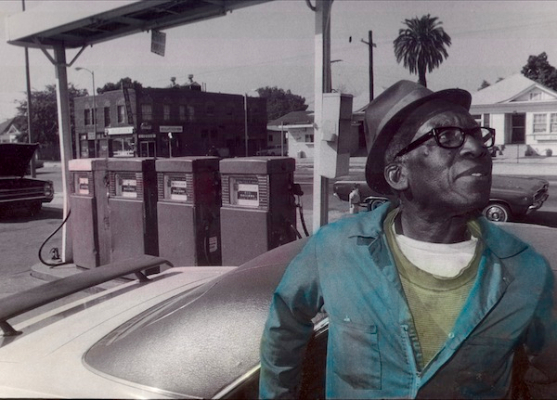
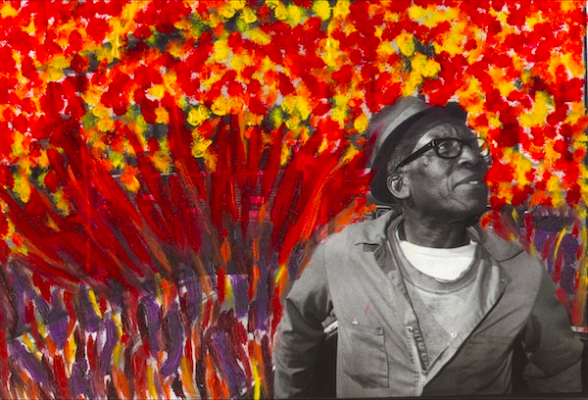
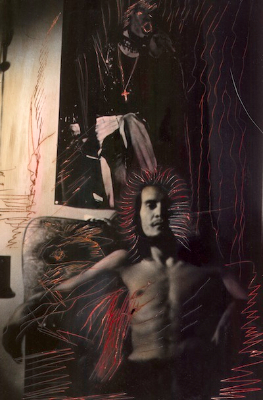
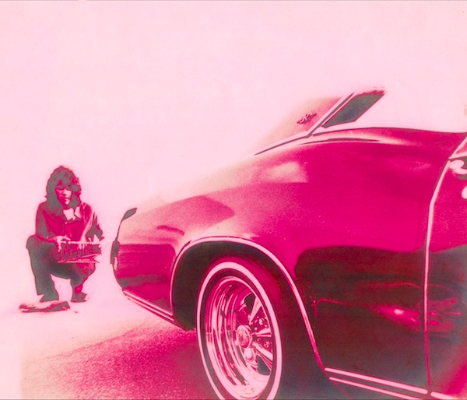

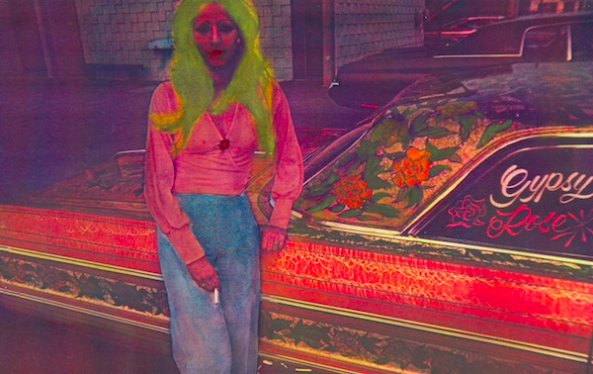
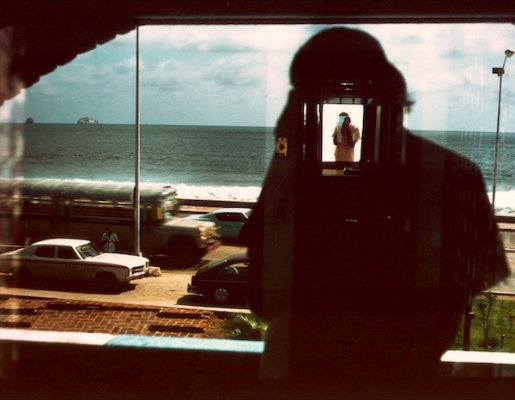
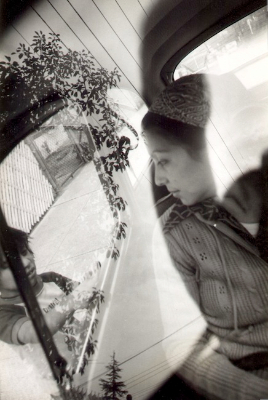
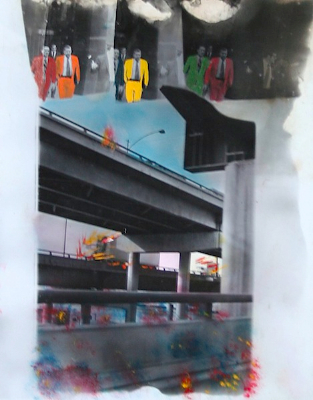
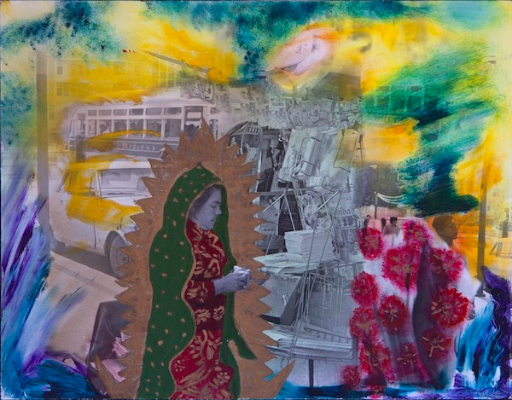
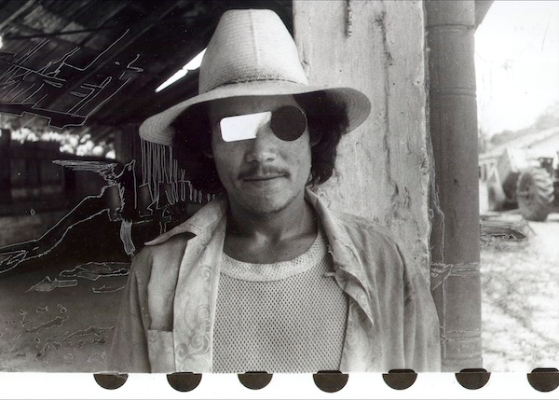
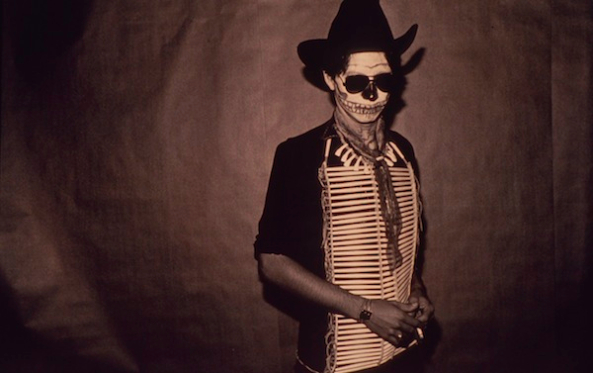

Send A Letter To the Editors